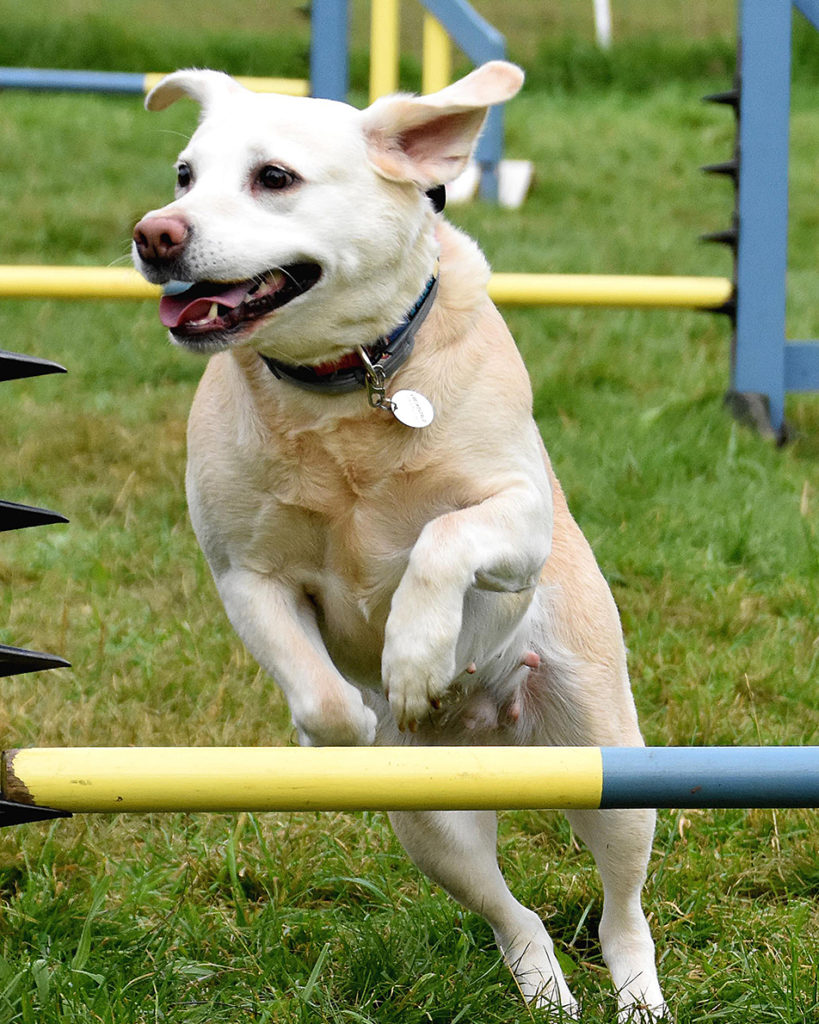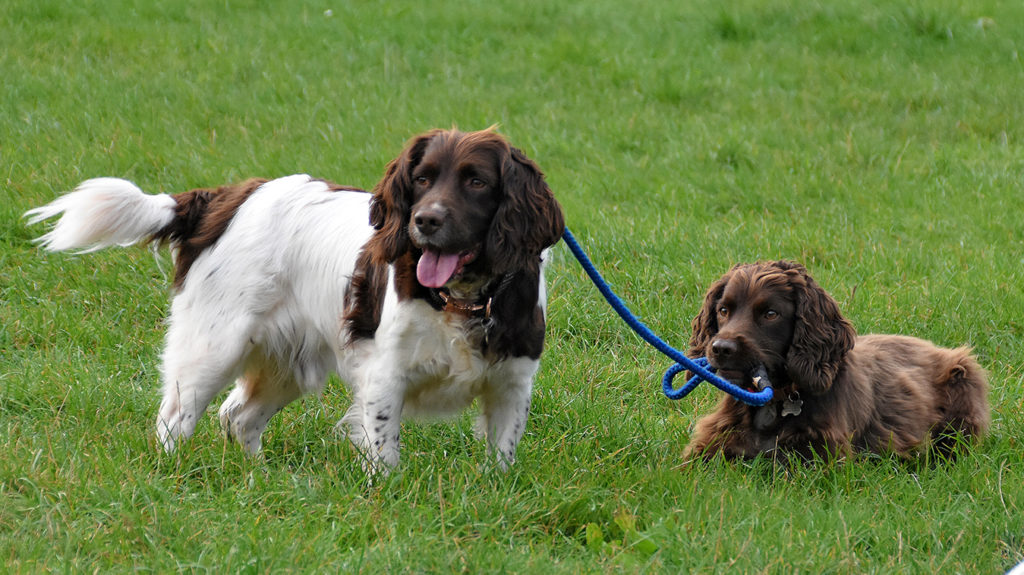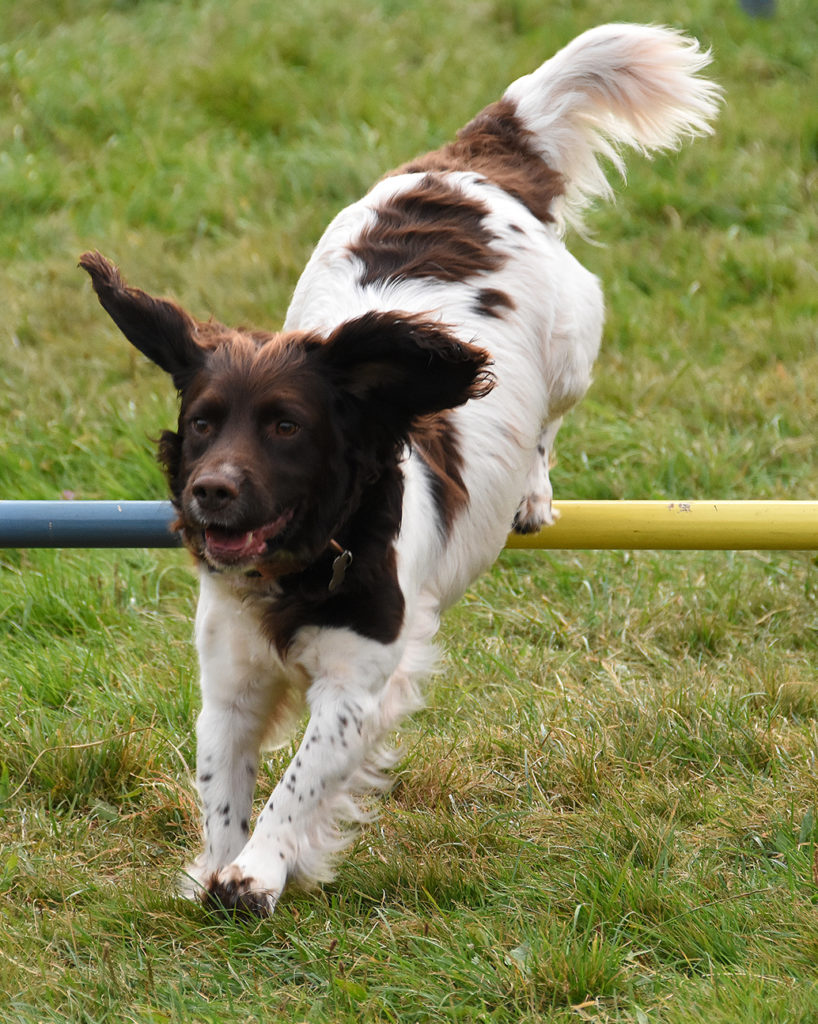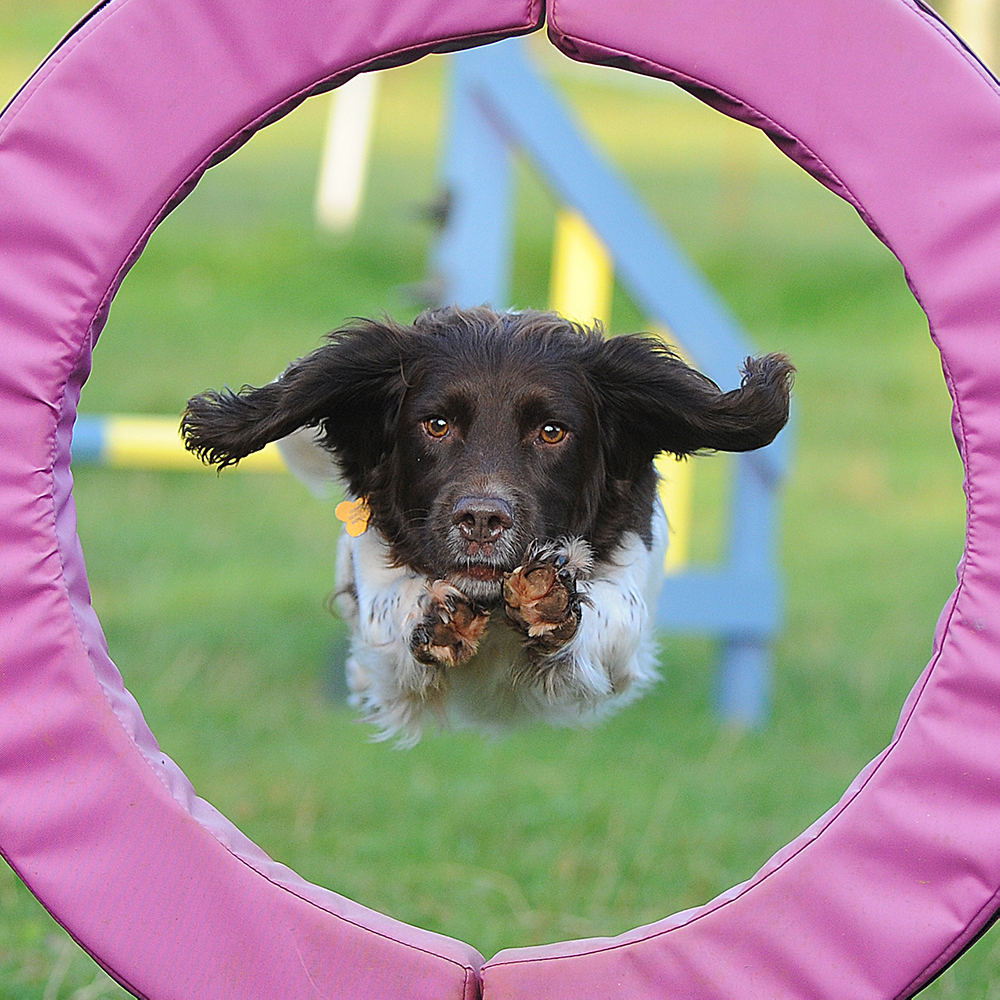How to learn photography the smart way. Mark approached me wanting to learn how to take photographs of his dog, similar to the one I took above. ©Al Macphee/MiraclePR
If you want to know how to learn photography without wasting money, you need to find courses that fit your photography goals.
My bespoke courses tick that box, as this article explains. To get in touch with me about booking a photography course, sign up for my mailing list (form is at the bottom right of this page) and fill in the text field.
How to learn photography: the pre-course brief
Before anything else, I will speak to you about what level of photography you are at. What do you know? Do you have the equipment to produce the results you want? Because there’s absolutely no point in you coming to me and asking, “How do I take quality pictures of a local football match?” if you’ve only got a lens suitable for landscapes.
If your goal is to take action shots of your local football team, but you’ve got a compact camera with a wide-angled lens that only takes one frame a second, and where you can’t adjust the aperture or ISO, I’m going to say: “Before you come to me, you need to get yourself…(x, y and z kit).” That advice is free of charge. I’m not going to take your money, because you haven’t got the equipment you need for your goals.
Tailoring your photography course
Each course is tailored, that’s what makes them different.
I will base the content on the level you are at. If you don’t understand the basics (ISO, apertures, focal length, etc.), then we will start with an hour on that. Because, if we’re at a football game and I’m saying, “Set your ISO to this and set your aperture to this,” and you’re saying, “What’s that? Where is it? How do I do that?” I’m wasting your valuable time, time that you’ve paid for.
After that initial hour, we can then go out and take some pictures. It might not be of the specific subject (e.g. a football match), but it will be relevant to your interests and goals. I won’t take you out to shoot landscape pictures if you want to learn action shots.
For action shots, anything that moves at a similar rate will get you good practice. After we’ve been out, I can send you away for a week to practice by yourself. It doesn’t matter what your subject is; if it’s moving at the same rate, you can get good practise shooting it. Your dog playing in the garden, a runner jogging or even a car moving in the street is just as good as a football player running.
If you do know the basics, we won’t waste time going over old ground. There’s no point in teaching you how to suck eggs. We can use our time out taking photographs.
So, to summarise, my first questions will establish the level you’re at. Then I can design a course that meets your expectations. We will set up a time and a date when we can actually go out and teach you practically how to do it.
Learning through doing
If you want to do dog portraits, you’ve obviously got a dog. Bring your dog. We’ll take them out. We’ll have them sit in the field. We’ll get some nice, pretty pictures of them playing, and I’ll teach you how to do it.
If you want to learn how to take pictures of the grandkids, we get the grandkids in. We have some fun. We teach you how to do it practically. In an ideal world, we will meet up physically, sit down, look at the settings together, show you how etc. But, in this day and age, we might have to do the course by Zoom. For example, there might be a lockdown, or you live in America and I’m in the UK.
In this case, we have to give you homework. I can pose my grandkids my end, because it’s easier to show a student how to pose somebody in real life than it is by showing you a picture. You will have a different background to me. You might need to move a big, red flower in the background. I can then give you feedback, and say, “That would have been great, but you need to move that pot, because it’s fighting for attention. I’m not looking at your little grandchild there, sliding down the slide, I’m looking to the right of him thinking, ‘There’s a big white flower there,’ or, ‘There’s an electricity pylon growing out of her head.’
One person wanted to learn how to take pictures of his dogs going round the agility ring but, because of COVID, we had postponed the course. All of a sudden they were able to hold the agility courses. So, it was a matter of, “What are you doing on Saturday? Can we do the course before they lock us down again?”

“I have always enjoyed photography but usually go for wildlife or landscape subjects, so I really wanted to learn more about how he sets up his shots for animals (and people) who move fast – like our dogs at agility. Al was great, showing me how he works through getting his shots and some of the settings on the camera for optimal performance, especially in evening sun which can be tricky at the best of times. I was really pleased with the results from the shoot and practicing afterwards.”
Mark – Photography Student
Because of the short notice, we didn’t really talk about his experience, so I didn’t know beforehand whether he knew about ISOs and this, that and the other. He didn’t know where certain things are, but he paid for an hour and got three. I can be flexible
The best way to learn photography is through actually doing it. We took him to the agility show and taught him about backgrounds, gave him the basics on lighting and the shutter speeds he needed to use. We taught him how to take control of his camera, for example pre-focusing on the jump and then knocking it off auto-focus (AF), so that the camera doesn’t start searching for other things to focus on when the dog’s going over. If that dog’s going to jump over that jump, it’s going to be on the same focal plane. I taught him how to keep his eyes and ears on other things.



He couldn’t get down quite as low as he needed, due to his knees, but he now knows it all. Within a couple of hours he had some cracking shots of his dogs jumping (above).
Taking better photos with your smartphone
If you want to take better pictures using your camera phone, I can teach you that too. Look out for a more detailed blog post on how to take great photographs with your smartphone.
Yes, I do post-production courses (but I’m NOT putting your dog on the moon!)
I’m a great believer in straight pictures, getting the picture right in camera. I’m not really interested in taking a picture of a dog and then sitting it on the moon. That’s not realistic. Your dog would be in a field or running down a dirt track. It will be in its natural environment.
So, I’m not interested in teaching that kind of photo manipulation. The way I work is to teach you how to create the image in camera. Having a dancer with her hand in the air in front of a green screen, Photoshopping a lightsaber in and putting her on a blooming lunar landscape? No. That’s not how to learn photography, that’s how to learn photo manipulation. That’s digital artistry, I say. That’s not my bag, and there are plenty of videos you can look at on YouTube.
But if you want to know how to set up a basic post-production workflow, come to me. I can teach you how to transfer the files onto your computer, crop them, sharpen them, change the colour balance (if you need to) and get the images ready to send in a couple of minutes.
How to learn photography: course prices
As a general guide, I charge £50-£60 per hour for my photography courses. I’m a tradesman. I charge the same no matter what services I’m providing. If you want me to take pictures of your wedding, a football match, an event, a bike ride, it’s the same rate. You’re still using my skills, just in a different way. If you asked a plumber to put a toilet in, would he charge you a different fee because it’s upstairs or downstairs, in a cottage or in a shed? Plumbers and electricians don’t change their rate to shoot the job. Neither do I.
Are you interested in booking a photography course with Al? Fill in the form on this page and put ‘Photography Course’ followed by your message.

